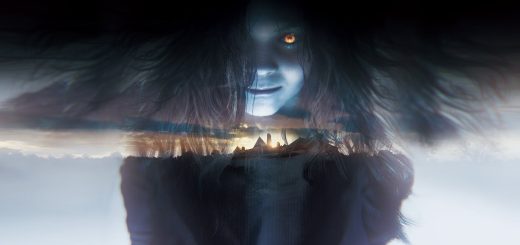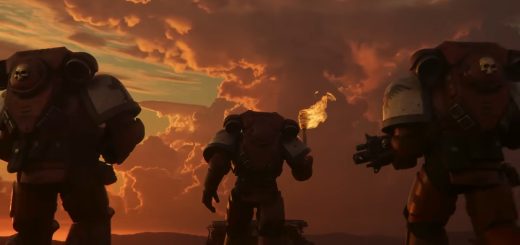2020 Vision: The Witcher 2 was a stunning tech achievement that still looks great today
Next-gen before their time? There’s an elite selection of technologically advanced titles that appear towards the tail-end of any given generation, where developers are upping their game, experimenting with the kinds of techniques we’ll see in the era to come – and it’s typically on PC where we tend to get these nascent next-gen experiences. CD Projekt RED’s The Witcher 2 – released in May 2011 – is one such release, a game that required a radical process of re-architecting before arriving on Xbox 360 almost a year later. But what made The Witcher 2 so special, how did it push PC hardware and can even today’s mainstream graphics tech handle the game’s legendary ubersampling?
Of course, the profile of The Witcher 2 is especially heightened at the moment with the recent series release on Netflix generating unprecedented interest in Geralt of Rivia’s escapades – but it’s not just the story and the world presented in these games that has driven their popularity. Starting with The Witcher 2, we’ve seen CD Projekt RED deliver some hugely ambitious, game-changing technology. The fact that the studio targeted PC – a format ‘apparently’ in decline back in 2011 – was remarkable in itself but without explicitly targeting mature (ie old) console hardware, CDPR pushed its game to the next level. Alongside titles like Far Cry 3, Battlefield 3 and Crysis 3, the PC showcased visuals much closer to those we would see in the now current generation of console hardware and it did so two-and-a-half years before they would arrive.
The Witcher 2’s next-gen credentials are first established when it comes to characters and environments. In 2011, CDPR’s new showcase pushed geometry count beyond the capabilities of the consoles meaning that edges on models were much smoother than the average AAA game, and the amount of detail on models (represented by real geometry instead of just textures) was much higher than typical high budget releases. Take the opening scenes of the game in the Timerian Dungeon – if you look across many of the surfaces and individual assets, you see almost unprecedented levels of detail. Outdoor scenes thick with undergrowth and dappled lighting look even more beautiful.
While rich in detail, the environments were literally just a stage for the drama unfolding between The Witcher 2’s characters. It’s pretty standard to run the highest quality character models in cutscenes only, dropping to lower LOD representations in-game – but PC on its highest setting used the self-same models throughout. And the quality on display here was next-level stuff compared to its contemporaries: the main character cast of Iorveth, Roche, Triss, and Geralt all have rich models and with very high resolution textures. Even the supporting cast right down to the most random NPC had time and effort put into their designs and lavish amounts of GPU time spent rendering them. Also interesting is the sheer number of them rendered within any one scene. This is no big deal in the current generation, but this was certainly not common in 2011 – especially up against its RPG contemporaries.
There’s a good reason for that. Typical triple-A fare was built to console specs while The Witcher 2 wasn’t. At the time of release, the Witcher 2’s highest settings reserved 600MB of GPU memory just for the textures – not including other assets such as geometry or the framebuffer itself. That’s more memory set aside for core artwork than was available on either of the 512MB-based consoles of the time. The amount of geometric detail on-screen also pushed beyond the limits of the consoles. Of course, The Witcher 2 did come to Xbox 360 in what is a simply brilliant downport. The conversion itself is a technological showcase but the cuts made are obvious: every single asset on-screen has noticeably reduced polygon counts, including character models – even when they are close to the camera. Check out the video above and you’ll see that profound, across-the-board compromise was required in order to bring The Witcher 2’s extreme quality art assets across to the Microsoft console.


